This year, the 7th BMC meeting was held in NCBS from 20th to 27th September, 2015. Microscopy is a technique that is used in most aspects of biological research. The field of microscopy is a dynamic one with new technology and techniques being developed for a vast array of uses. The Bangalore Microscopy course is an intense, week-long course designed to cover the many aspects of microscopy and explore new developments in this field for their potential application in research.
A brief history
A little more than 7 years ago, Ron Vale (University of California) and Satyajit Mayor (National Centre for Biological Sciences (NCBS)) envisioned a unique microscopy course for Asian researchers. The idea was to instil in the participants of this course, an understanding and appreciation for microscopy as a tool in scientific research. They were supported in this endeavour by Nico Sturman and H. Krishnamurthy, two highly capable and experienced scientists in the art of conducting hands-on microscopy courses. And so, the Bangalore Microscopy Course was born - its first meeting held in NCBS in the year 2009.
The evolution of the BMC
"In the first meeting, there was just a 4-member team from NCBS handling almost every aspect of the course", says Anupama Ambika, who has been involved with every BMC meeting since its inception. Over the years, the course has evolved in different ways to explore avenues that allowed attendees to understand microscopes. Over the years, the BMC has developed into a platform, not only for Asian researchers, but also for an international community of scientists to appreciate the versatility of microscopy techniques. In its latest spurt of growth, the BMC organisers included a cohort of students from NCBS, who were chosen as teaching assistants to advance their experience in microscopy by instructing others.
The course also features group discussions and projects; ideas that were incorporated in the second BMC (in 2010) and the third BMC (in 2012) respectively. The group discussions involve a single faculty or teacher interacting with batches of students to answer queries regarding his/her field of microscopy expertise. The projects are of short durations - barely 48 hours long - but concentrated efforts by groups of participants to answer a biological problem by using all the available microscopes, microscopy techniques and expertise offered by NCBS and visiting faculty. Moreover, the course encourages participants to bring in their own samples to work on for their short projects.
What's new this year?
Every year, the BMC starts its program with a session revising the basics of optics. This year, there was a difference - this year, basic optics became a much more interactive experience. Instead of simply discussing the principles of optics, the lab course kick-started the program with a hands-on microscope building session. Participants were divided into groups and given the components of a microscope such as lens, mirrors, filters and condensers, along with a schematic on how to put them together to get a working microscope. Students were encouraged to play around with lenses and arrangements to get a better feel for how the pieces fit and worked together in the finished product - a functional microscope. "It was like a microscope Lego! You could arrange things any which way, just to see what happened", says Manoj Mathews, one of the organisers and teachers at the BMC.
The instructor and designer of this session, Jennifer Ross, is a Professor at the University of Massachussetts, where she works on microtubule assembly. "I first came up with the idea for this session when I was asked to teach an optics course at the University. Often, students learning about optics don't really connect to what they see in a book. Learning and understanding the principles of optics is so much better when you have first-hand experience in actually building an optical device such as a microscope", says Dr. Ross.
"I really enjoyed working with the students in this course. Their eagerness to learn, enthusiasm and sheer inquisitiveness were so amazing to experience. I am happy that I got to attend the course, and look forward to attending it next year", she says excitedly.
The highlights of the course
One of the newer highlights of this course is its progression into an international event. The selection process for participants is a rigorous process with the course receiving more than 200 applicants of which only 24 of the best are chosen to attend. This year saw four international faculty invited to teach at the course and seven international participants from Brazil, Chile, Dubai, Germany, Norway, Sweden and Zimbabwe.
A very significant aspect of the course is that participants are given 'free time' with microscopes at labs from 8:00 to 11:00 pm every day for the duration of the course - with total freedom to discover things for themselves. "The course is designed to be a learning experience. We encourage students to explore all parts of a microscope", says H. Krishnamurthy, who is another stalwart associated with the BMC since the first meeting in 2009. "There are absolutely no 'nos' during this course", says Ambika. "We never tell dissuade students from handling the microscopes. We try to convey to them that they shouldn't be afraid to operate or deal with instruments", she says.
Another specialty of the BMC is that it provides an important stage for microscope vendors to showcase their products and innovations to a distinctive audience. This year there were around 20 companies who sent equipment and experts to stage demonstrations and explain how the instruments worked. The BMC is one of the few places in Asia where the microscopy industry meets biologists who use its products and innovators who are developing their own unique methods of imaging. Since the meeting is also a small one, with no more than 24 participants every year, it is also fertile ground for new ideas, investigations and collaborations.
The concert
Every year, DSS imagetech and NCBS co-host a cultural event during the BMC. Previous performers at the course have included Shillong-based Lou Majaw, jazz singer Radha Thomas and Baul musician Paban Das. This year's show was held on 23rd September, with a performance by Agam - a Bangalore-based contemporary Carnatic progressive rock band.
Awards
Starting last year, the BMC also instituted an award with DSS imagetech, the Zeeshan Memorial Award for excellence in Light Microscopy, for the best poster and paper published using light microscopy.
Saikat Ghosh, the lead author of 'Active hematopoietic hubs in Drosophila adults generate hemocytes and contribute to immune response' published in 2015 in Developmental Cell (33:478-488) was the winner of the Zeeshan Khan Memorial Award for this year. Sudip Saha, the lead author of 'Intracellular catalytic domain of symbiosis receptor kinase hyperactivates spontaneous nodulation in absence of rhizobia' published in 2014 in Plant Physiology (166:1699-1708) was the runner-up for the Zeeshan Khan Memorial Award for this year.
In the poster category for the Zeeshan Khan Memorial awards this year, the winner was Saurav Bhattacharya. Saurav was the lead author of the poster titled 'Pegylated-thymoquinone-nanoparticle mediated retardation of breast cancer cell migration by deregulation of cytoskeletal actin polymerization through mir-34a' which was presented at this year's Bangalore Microscopy Course.
A Note from Satyajit Mayor
"Imaging and Microscopy are fundamental for us to understand biological processes. The world of microscopy has opened up; so-much-so that we are getting close to studying the functioning of molecules at the scale of the molecules themselves.
This is a golden age for cell biology, where new methods have recently surpassed the diffraction limit (with some clever ideas), and new methods for imaging are evolving almost every week. Our need to use and utilize these tools requires us to understand microscopy at its fundamental basics.
Our course was designed to bring about such an understanding of microscopy at this basic level. We aim to invite researchers who bring in not only a deep understanding of microscopy, but also impart a thrill of discovery to the process of learning that is the essence of research. In its seventh version, it is also important for the BMC that we involve our younger colleagues in India to keep this course sustained. What is also heartening is that almost all our invited faculty want to come back and teach, building up an excellent pool of teachers to keep our course from growing stale.
Without Manoj and Krishna, this course would not happen, so my thanks are to them as to our TAs and my original co-organizers, Ron and Nico. Of course NCBS and our campus is a wonderful place to come and immerse one's self during this course, and we hope the BMC will have a long and fruitful future."


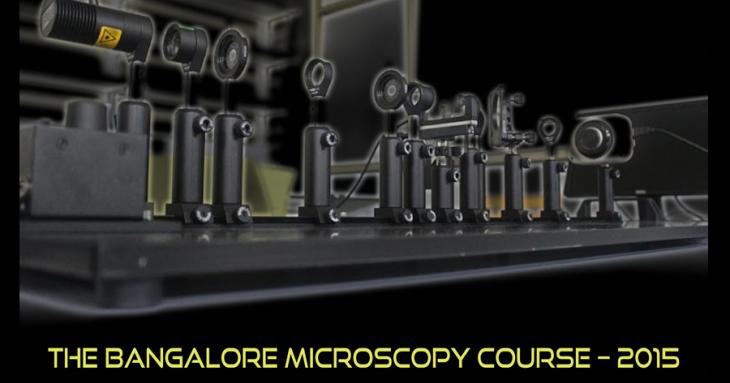

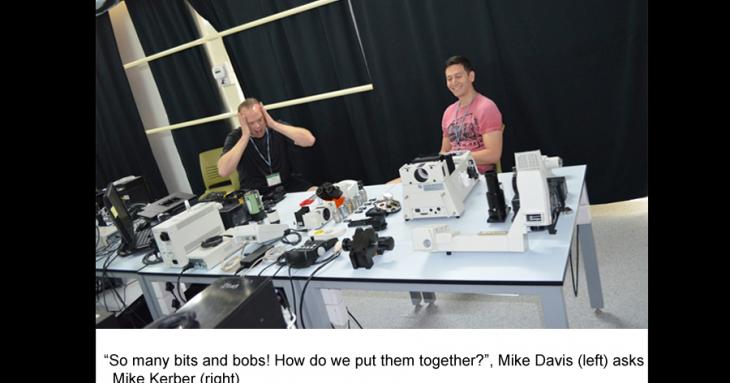
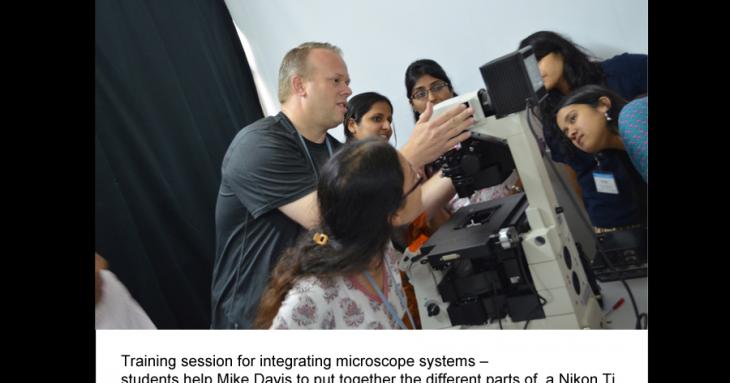
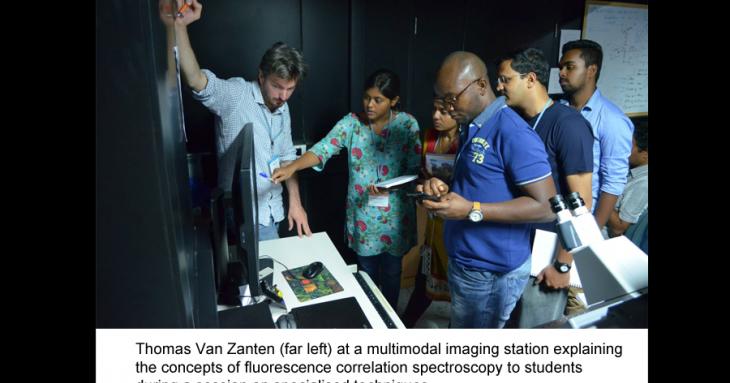
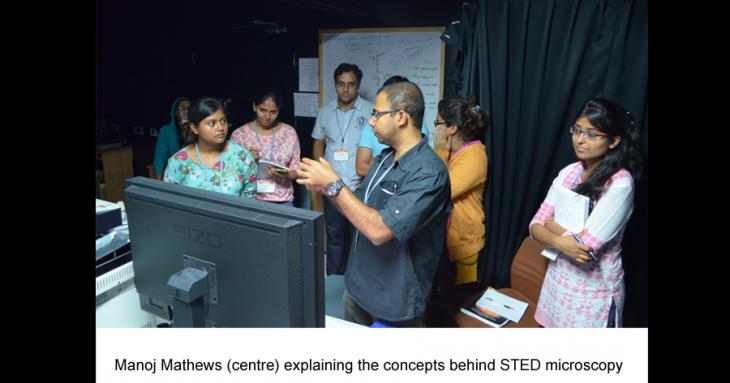
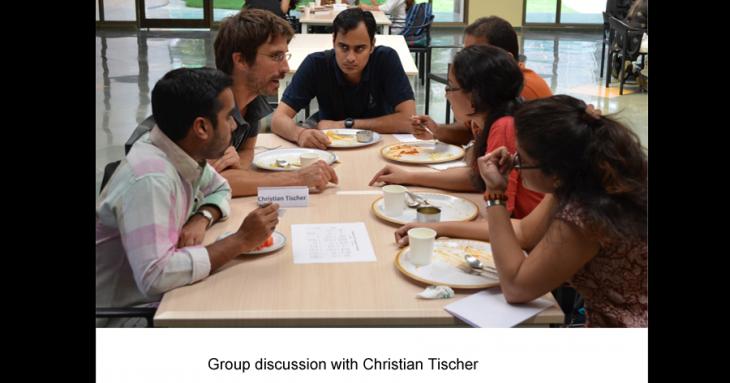


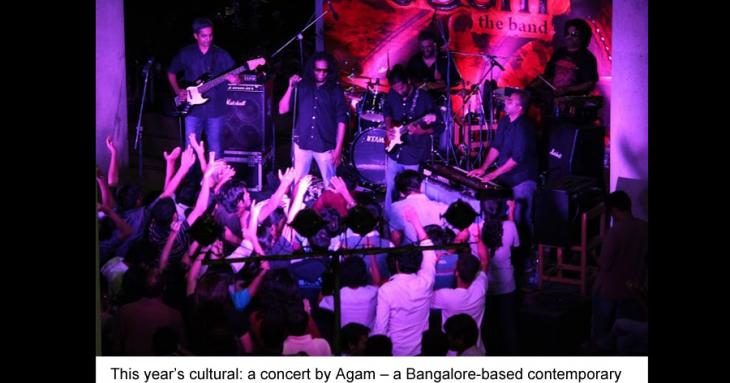
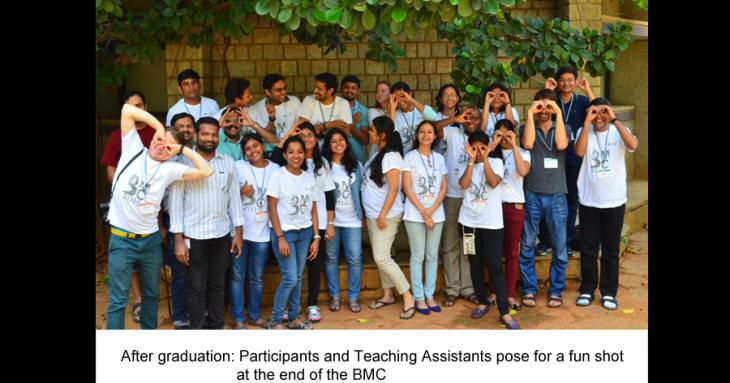







0 Comments